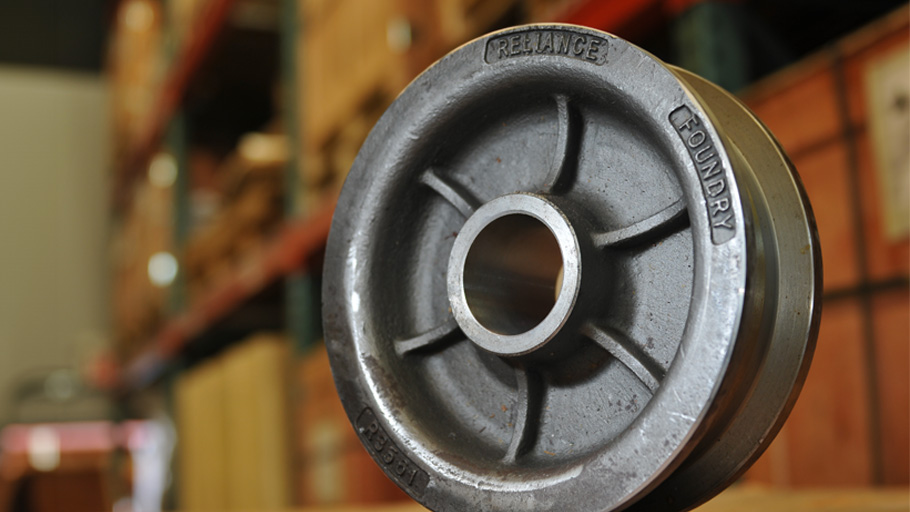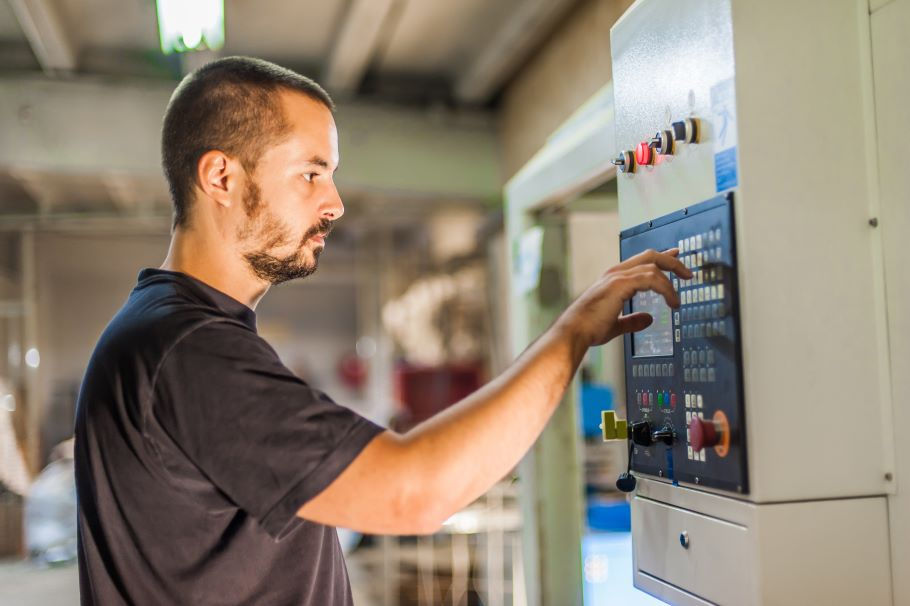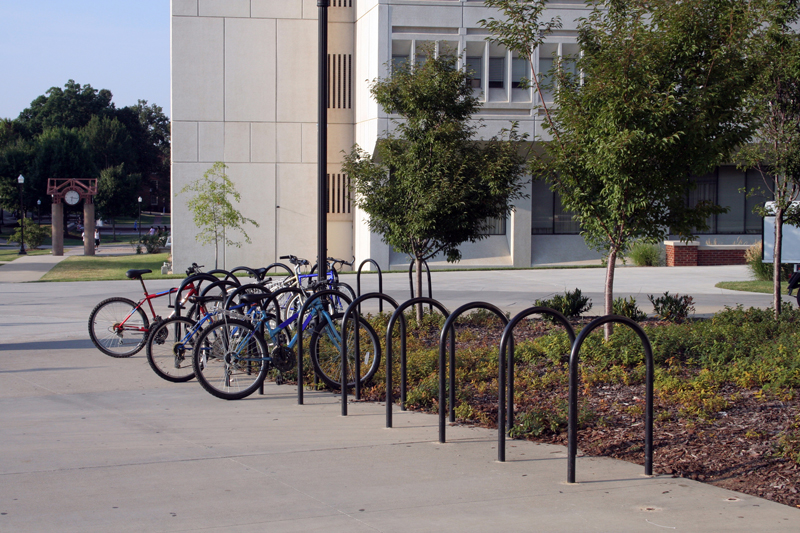An intersection of architecture, archeology, history, and materials science
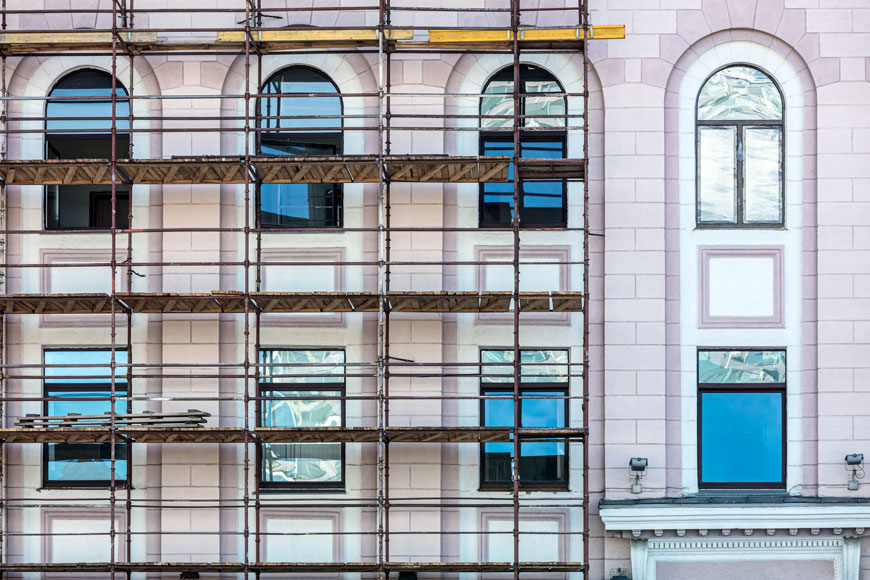
What is historic preservation?
Historic preservation is the process of choosing, investigating, and maintaining older sites that capture cultural legacy. Using the expertise of historians, curators, architects, and archeologists, the buildings and outdoor spaces that influenced cultural norms and historical events become a living archive of a previous time.
Large architectural, artistic, and historical achievements—like the Parthenon in Greece or the Pyramids in Egypt—are immediately identifiable monuments and obvious examples of historical places. Similarly, world-changing historical events can lead to monuments or museums, like the National Civil Rights Museum built around the Lorraine Motel, where Martin Luther King, Jr. was killed. However, some sites are smaller, more locally important, and are still in use. These support their own cultural legacy by connecting past with present, like Chicago’s South Side Community Art Center, which is both listed as a National Treasure and is a vital modern art space. This sort of diversity is important in historic preservation, because it is not just the large events and stories that create and maintain culture. In addition, those involved in historic preservation are also interested in ecological preservation around sites, since environment can be a large influence on cultural tradition.
Many governments around the world curate and preserve sites that tell the story of their national history. Designating monuments, museums, parks, districts and buildings as historic or heritage is a common approach. In the United States, the National Historic Preservation Act of 1966 created the National Register of Historic Places, as well as a network of State-run preservation offices and a set of best practices for cultural resource management.
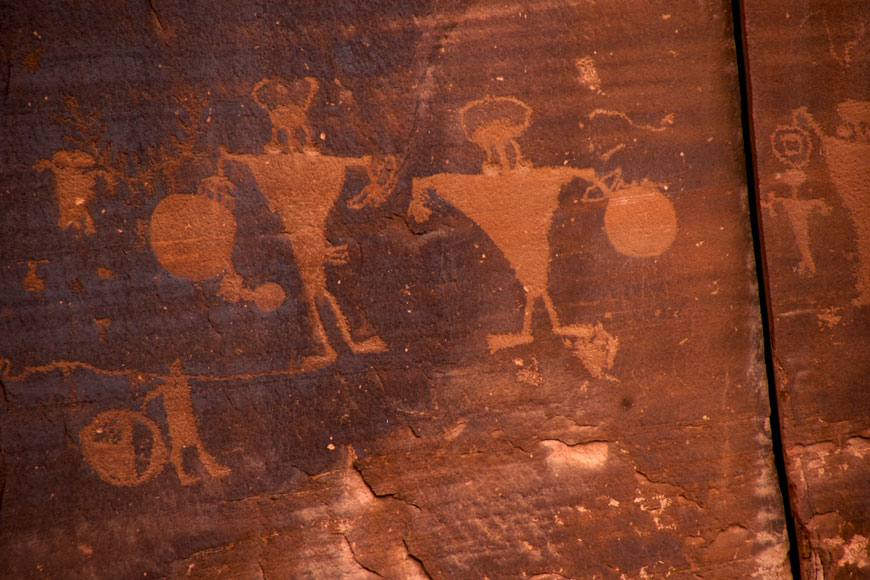
Why is historic preservation important?
History is more than archived newspapers and academic studies. We can trace the past by walking through the built environment of previous generations. Events, ideas, and individuals are reflected in what they leave behind: whether it’s the shining Art-Deco profile of the Chrysler Building that pierces the New York skyline, or the Hopi people’s traditional pueblo buildings that blend seamlessly into the environment, historical sites capture something of the economy, philosophy, and lifestyle of those who built and used them.
By honoring our past, we learn about our present, and we can take steps to create a better future.
What sorts of projects are undertaken in historic preservation?
Many different types of projects fall under the umbrella of historic preservation. These roughly fit into four stages:
- Identification
- Designation
- Documentation
- Physical Preservation.
Often the first three steps are done concurrently. When identifying sites that are representative of a cultural moment, documentation or “proof” of historical relevance is usually part of building a case for designation.
Identifying important sites can be initiated by professional historians, archivists, architects, or archeologists working with governmental agencies. Sometimes, however, it is a community that identifies and begins the steps towards preserving an important site. For example the Orson Ames House, a stop in the Underground Railway, was championed by local activists and historians who built a case and won its inclusion even after an initial rejection by the National Register of Historic Places.
Documentation gathers evidence of the construction, use, and people who spent time at a site. The process of documenting might mean recording oral histories with people who have been involved in a place. Photographs, blueprints and other technical documentation, news articles, books, and academic papers might be collected. These can help make a case for designation.
Designation of historical buildings, in the United States, requires that a site be more than 50 years old. Some part of the original build or site design must be maintained. The site must also have some historical significance. It will either capture architectural, landscape, or engineering achievement; have archeological significance; or be associated with a prominent person.
Physical preservation is the fourth step in maintaining heritage sites. This includes stabilizing an old site, and restoring, rehabilitating, or reconstructing something close to its original form.
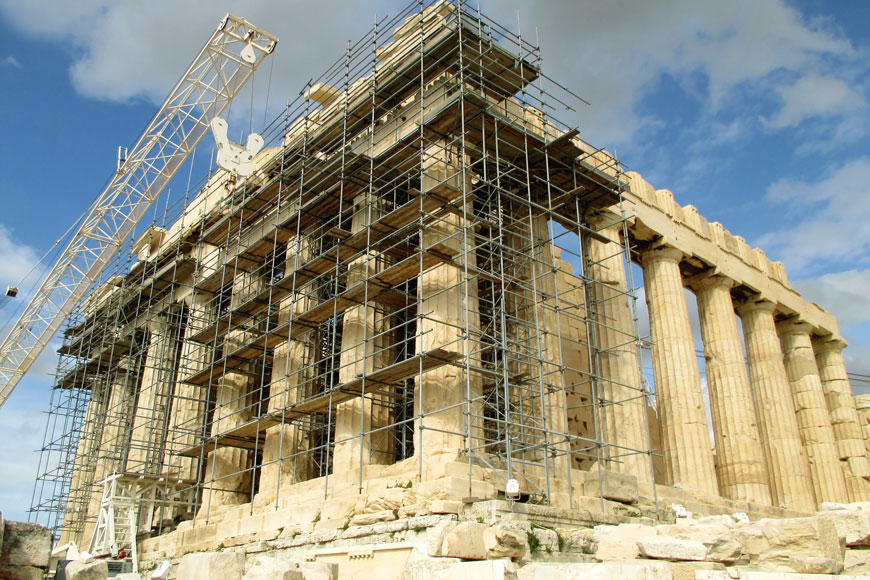
How do preservationists physically save buildings and other sites?
If a site is chosen for preservation based on historic or cultural value, the first step is to stabilize any decomposition or wear. This step—such as fixing leaking pipes or replacing the roof—must be done while respecting the heritage values of the architecture or landscape. This may mean sourcing modern products that replicate or mimic the historic character of the property, or by stabilizing infrastructure in careful ways that leave historic facades intact.
If a site is not degrading, then preservationists move into rehabilitation, restoration, or reconstruction.
Restoration is the process of taking a site that has seen redevelopment and returning it, as much as possible, to a moment in its history. Buildings often evolve over time, with wings and additions built around or over the original structure, and updates to fixtures and aesthetics. Restoration means reversing this process, bringing the building back to a previous time and respecting the original look and design.
A restored site might be used as originally intended, or the use may change—but as much as possible the layout and materials used in the restoration should reflect the building styles of the previous era. A recent case study featuring the Matthews and Sons Stone Company, still an operational limestone quarry, is proof that restoration can be undertaken for working sites, not just for museums and other cultural assets.
Reconstruction is necessary when the original building has been demolished, either completely or in part, and the only way to bring the vanished parts of the site back is to rebuild them. The process of reconstruction relies heavily on documentary and archeological evidence, to provide an accurate recreation of the property as it was in a prior time. Any materials still on the site from this previous time must be preserved, and the materials, design, and appearance of the new construction should be as identical to the original as is possible. Even if the building was made with historical methods and materials and is an exact replica, the reconstruction needs to be identified as such.
Rehabilitation is undertaken when a site is being adapted for modern use and some aspects of the site’s layout or materials will change. For example, a foundry can become a movie theatre, as in Richmond, VA.
Rehabilitation efforts mean bringing the site in compliance with current building codes. Sometimes, this means smaller changes like adding sprinklers or exits. It can also mean taking larger steps like removing hazardous materials, creating secure perimeters, adding ramps or elevators, and making seismic upgrades. While rehabilitating a historic site for modern use, the aim is to preserve the architectural character of the space while also embracing current best practices. It is a partial evolution that respects the original design.
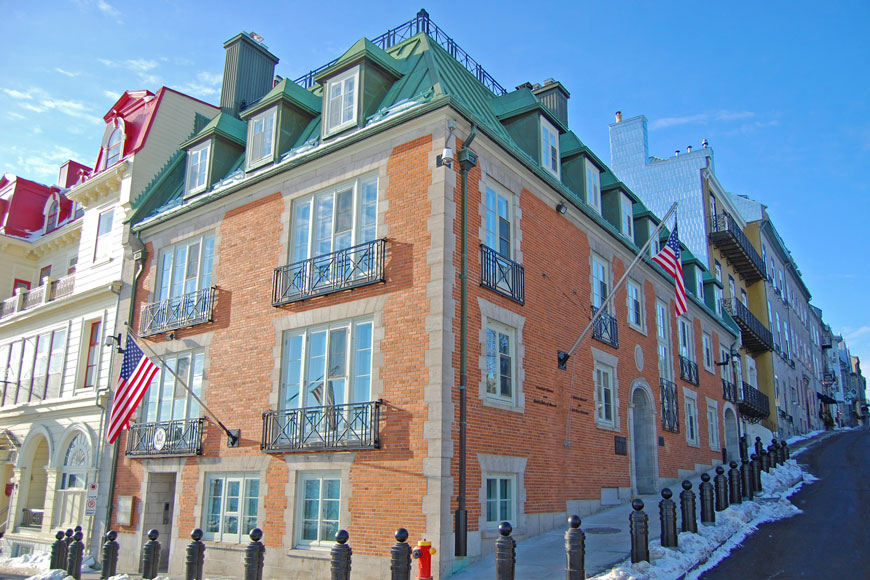
What jobs are available in the field of cultural or historic preservation?
We are creating more history all the time, and we need people to preserve it. Our built environment offers us the ability to interact with our past, but ongoing use requires more careful maintenance than history kept under glass. Historic preservationists can be architects, conservators, contractors, historians, or other culture workers who only work as preservationists some of the time. However, those that do the job full time often have a range of related expertise that touches all these fields.
The US Bureau of Labor Statistics does not set historic preservation jobs in a category of its own, a fact reflected on the jobs board at the Preservation Directory, with titles listed as conservator, preservation planner, preservation architect, historian, archeologist, and more.
What qualifications are necessary to work in historic preservation?
Since there are many different types of professionals working in this field, there are many paths that lead to a historic preservation career or specialty, and there are architects, scientists, archeologists, and historians who work in historic preservation even without a specialized degree. However, in the United States, the National Council for Preservation Education lists many Academic Programs that specifically focus on this career. These often fall under the auspices of the architecture department, but there are different focus areas that can lead to either science or architecture degrees.
Certificates and undergraduate degrees are available in historic preservation. It is more commonly a specialization taken in graduate school, after taking a bachelor in a related field of science or art.
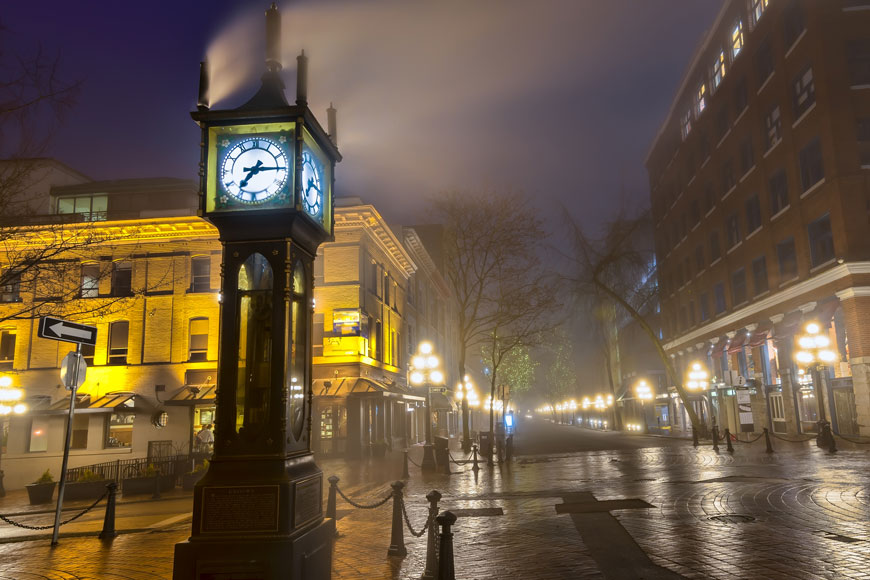
Historic preservation and site furniture
Modern issues of safety, security, and sustainability must be considered while rehabilitating or restoring a property.
Creating a secure perimeter that does not compromise the historical or architectural aspects of the site can be important to qualify for grants or tax incentives, as well as being vital to maintaining a consistent user experience.
Architectural bollards, made of cast iron, come in a surprisingly wide variety of styles that reflect history from the 1600s to today. Victorian, Edwardian, cannon, and marine bollards all capture a moment and place in time, but they can be placed over modern security posts designed to handle vehicle impact forces much greater than anything necessary 200 years ago. Attention to these small precise details can make a big difference to site rehabilitation.

